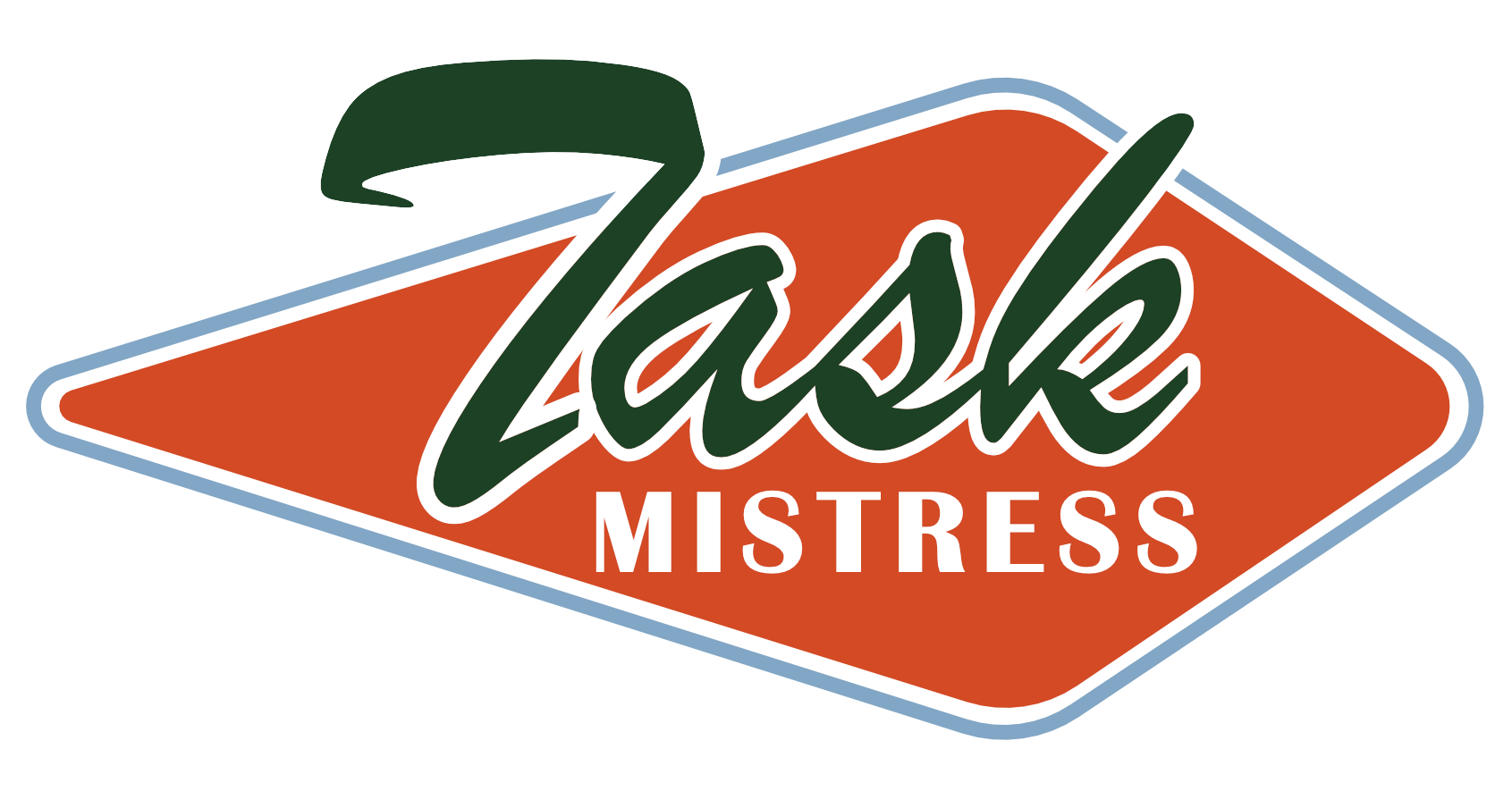You can’t go three feet into the “productivity sphere” online without someone croaking, “Eat the Frog!” It sounds weird if you’ve never heard of it before, but it is from the classic 2001 book by Brian Tracy, Eat That Frog! 21 Great Ways to Stop Procrastinating and Get More Done in Less Time.
The idea is pretty basic: you “eat that frog” first thing every day, which means doing the most important thing you are least looking forward to or will require the most energy.
It has become a standard of productivity advice and coaching, and is an approach I get asked about often in interviews believe it or not. There is a reason the book became an instant bestseller and is still in print, which is that the advice is simple and it works. Thousands of people around the world start their day “eating that frog” to help them overcome procrastination and lethargy.
But it is not failproof.
There are, of course, plenty of times when external reasons stop you from doing the thing. Maybe you are waiting on other people for information or assets, or an emergency comes up, or an important phone call is scheduled for first thing in the morning. You have to postpone doing the task until it can be done, whether you are anxious to get it over with or not. We often take such enforced procrastination as a blessing, but whatever the case, delaying the inevitable is required.
However…
You find yourself sitting around, staring at your computer screen blankly, knowing you need to “eat that frog” in order to move on with your day but cannot do it.
What’s the deal?
If you cannot do the thing you know needs to be done simply because you cannot, that is a tougher problem, and usually an internal one. If you find yourself in that kind of situation, here’s some advice:
Don’t eat that frog. Just don’t. Let it go hop around for a bit.
While it is hopping around, get out your field notes journal, because we’re going to channel your inner herpetologist (that is the right and proper name for someone who studies frogs).
I’m going to give you a list of questions to answer while your frog hops freely about, avoiding its fate (I mean I kind of hate the idea of eating a poor frog anyway, so let’s not think about that).
- What exactly is the task that I’m avoiding? This question may seem very basic, but sometimes the act of clearly articulating the task can shed light on why it’s being avoided. Do you have a clear idea of what is really involved? Is your description of it well-defined, or is it vaguely stated? Are you grouping a lot of independent tasks under one heading of “to do”?
- How do I feel when I think about this task? We often overlook our feelings when it comes to things we are avoiding doing, no matter the reason. Take a moment to dive deep into the emotional response the task evokes. Is it fear, anxiety, boredom, confusion, or overwhelm?
- What do I fear will happen if I complete this task? It sounds silly to put the question this way, but sometimes the resistance we feel comes from fear of the possible outcomes, such as criticism, failure, or even success and the changes it might bring. Is your perfectionism or rejection dysphoria getting in your way?
- What’s the worst-case scenario if I don’t complete this task? I know, this is the most unpleasant question. Sometimes the worst case scenarios are genuinely bad! But not always, and understanding the negative consequences of avoidance can help you understand what underlying issue is driving your avoidance. Word of caution: don’t use this scenario to scare yourself into action. While that might get the task done, it won’t prevent the same issue from cropping up again and cutting your to-do list out at the knees.
- What would completing this task mean to me personally? This question helps to understand the personal stakes and possibly unearth some hidden motivational aspects that could help overcome resistance. That is, you might realize just how important the task is to your sense of self and/or sense of self-worth, which raises the stakes so they are out-sized to the actual task itself.
- What is one small step I can take towards completing this task? Stop trying to “eat the whole thing!” Look at how you broke the task down in question #1 and ask yourself if you can do just one of those steps. By breaking the task into smaller, more manageable pieces, it can help alleviate feelings of overwhelm and make the task seem less daunting. Getting a little done is always better than getting nothing done.
Use these six questions whenever you feel yourself in the grip of procrastination. When I work with clients who are unusually resistant to a task, it is worth the time to let it hop around while the client asks themselves the six questions above to dig out the underlying issues.
It is also important to step back and consider whether this is a situation that is recurring or a once-in-a-while phenomenon. It is not uncommon for people with ADHD, autism, or PTSD to have mental blocks about certain tasks, or brain chemicals that don’t let them work on things at the same pace and time frame as neurotypical people. Don’t set your standards for productivity by someone else’s output!
As always, my goal here is to get you thinking outside of the box of “productivity over all else.” It is important to accomplish the tasks you set out for yourself, of course, but not at the cost of your mental health and well being. Let that frog live another day!
